A year with Pixel Watch 3: Strengths, weaknesses, and what to expect ahead of Watch 4
In the year since I reviewed the Pixel Watch 3, it's mostly lived up to my expectations, with highs (Gemini) and lows (bad updates).
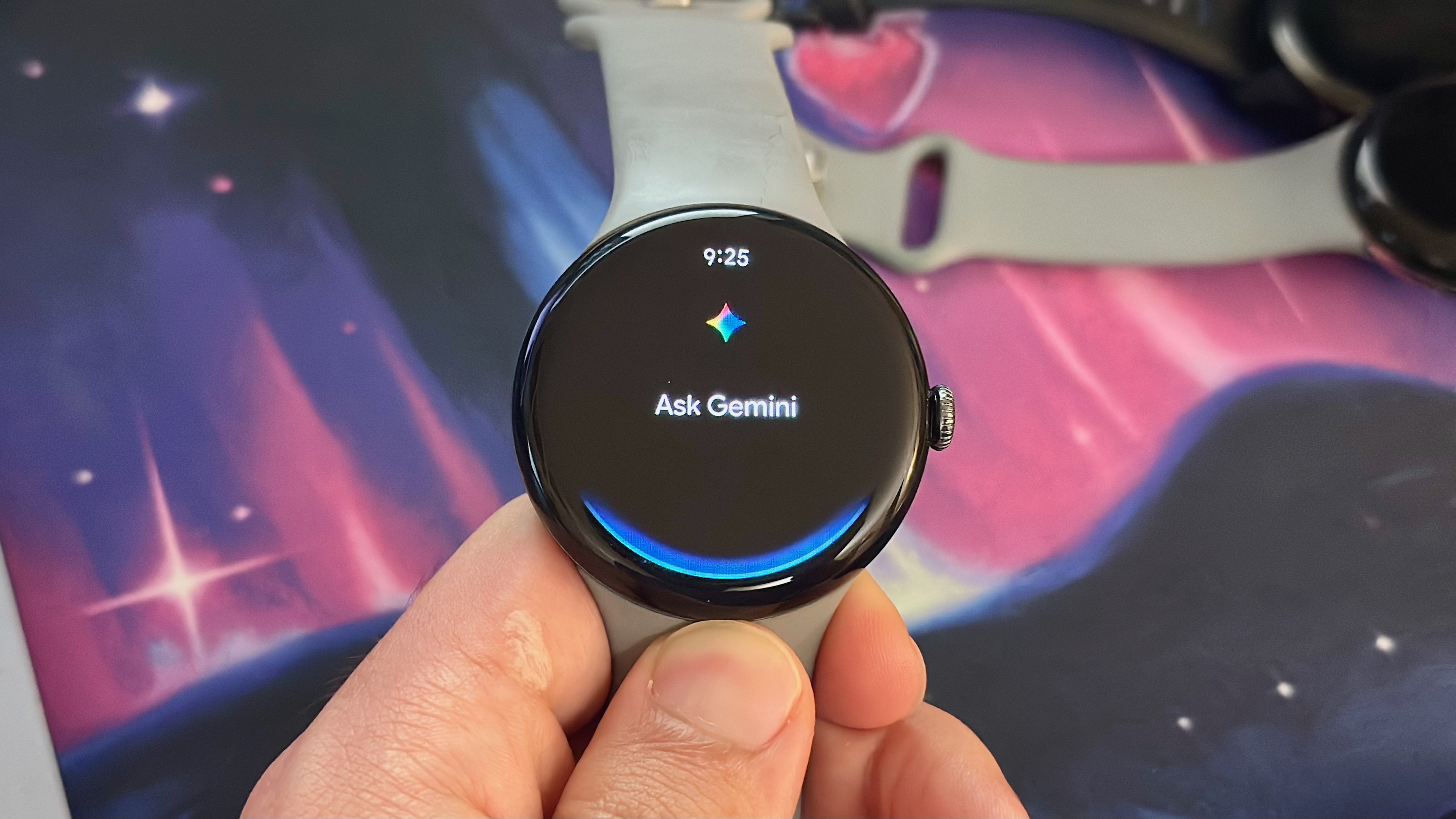
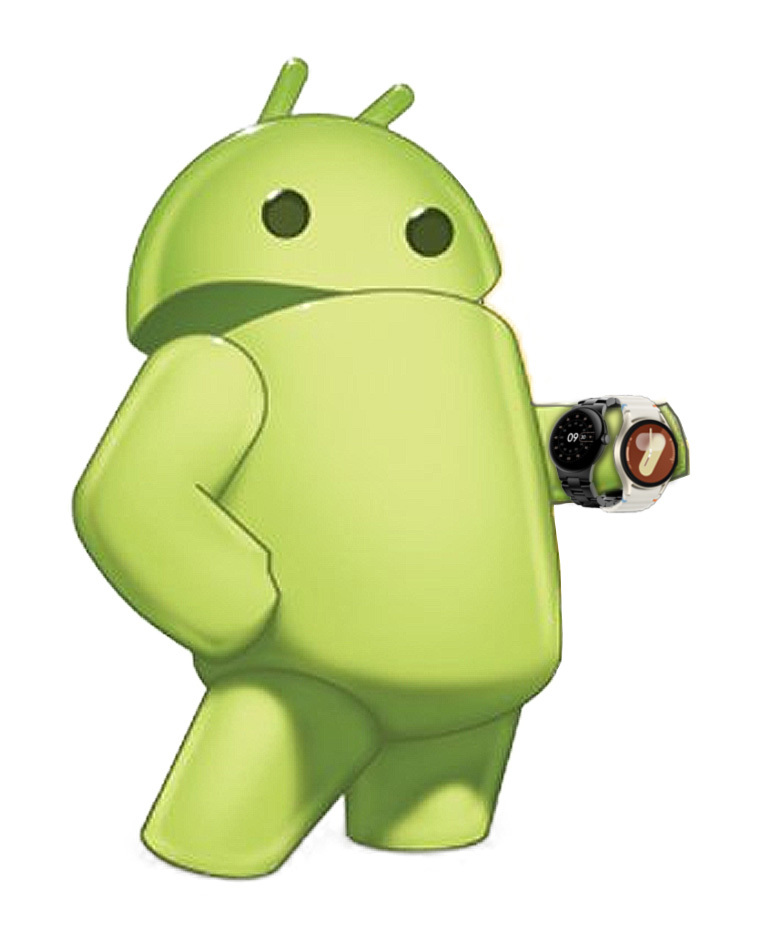
My weekly column focuses on the state of Wear OS, from new developments and updates to the latest apps and features we want to highlight.
We're one week away from the Pixel Watch 4's arrival at the Made by Google event. But while we wait for the official reveal, let's look back at the Pixel Watch 3 instead, a watch that mostly lived up to my every expectation, but wasn't quite perfect.
I started testing the Watch 3 last August, and by September, I considered it my favorite Android smartwatch. It's a step up over the Watch 2 where it matters, and pandered to me with some fun running software tools.
However, Google's iffy software strategy and some strong rivals eventually killed my Pixel Watch 3 honeymoon period. Fortunately, Gemini has made things exciting again.
Doing its best with older tech
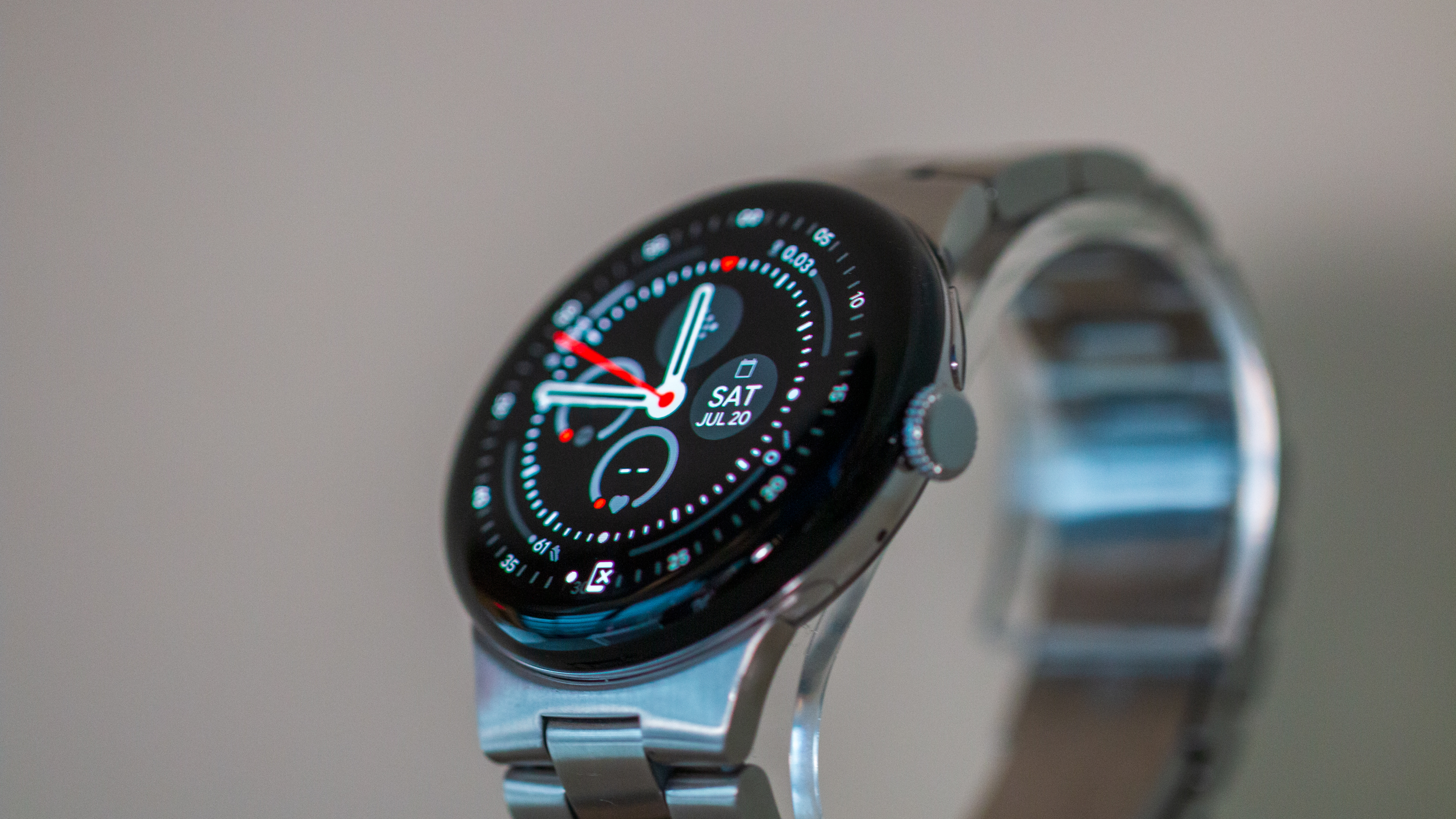
I don't know if the Pixel Watch 4 will stick with last year's processor or use a new Snapdragon processor. Either way, it's impressive how Cortex-A53 cores (made in 2012, before "Android Wear" existed) can power the Pixel Watch 3 so well that I've never dealt with any lag or major crashes.
When I tried Wear OS 6 on a Watch 3 at Google I/O, I was amazed at how smoothly the unfinished software ran. And while Google's efficient philosophy can hold its Pixel phones back, it works quite well for smartwatches.

Gemini may require more power, but it runs just as smoothly on my Pixel Watch 3 as it did during my Watch 8 Classic Gemini test. It answers questions quickly, understands follow-up questions, and communicates seamlessly via Extensions with other apps like Calendar.
Future models should hopefully feature offline commands, better voice recognition, improved battery efficiency, or faster Wi-Fi bands. Until then, it's easily keeping up with the new demand and offering a better AI experience than Apple Watches can deliver.
Get the latest news from Android Central, your trusted companion in the world of Android
I traded style for battery life and don't regret it (much)
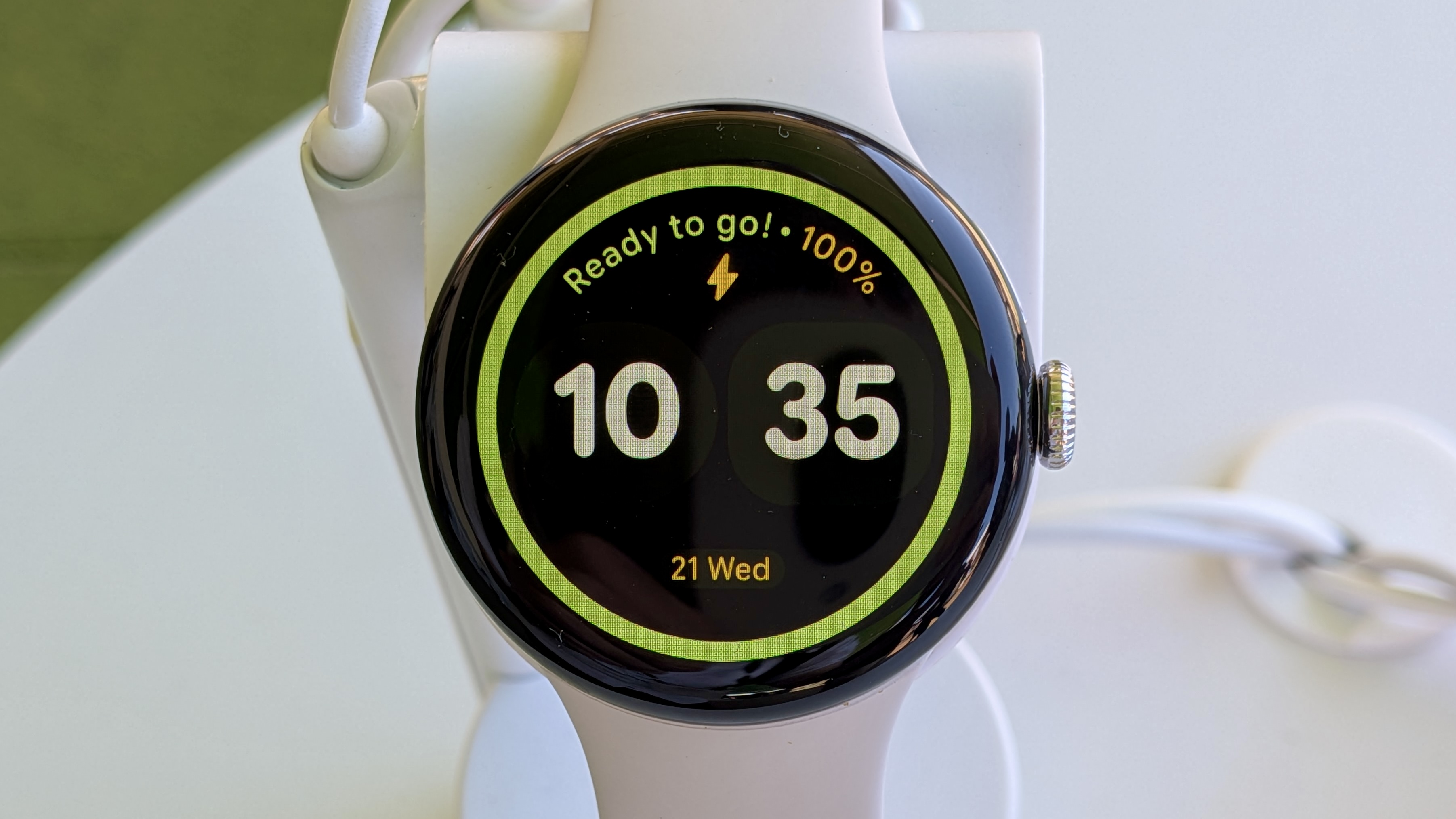
Google's Watch 3 45mm was long overdue. Compared to the 1.2-inch Watch 2 display, my 1.43-inch display shows much more visual data. Now that Gemini is a signature feature, every pixel of space for text is useful.
Even better, it has extra battery capacity, easily outperforming Google's 24-hour-with-AOD estimate. During my initial review period, I was hitting two days with sleep tracking and the occasional GPS workout. These days, it's closer to 36 hours, with hours to spare, since I rarely use it for sleep tracking.
Of course, I would like better battery life. Since the 3-to-5-day OnePlus Watch 3 launched, it's harder to accept how Google and Samsung can't seem to break past the 1-to-2-day barrier. But it is a hefty watch, and the lighter OnePlus Watch 3 43mm only lasts two days.
I would love for Google to bring back Fitbit watches and put its considerable health and fitness tricks into a longer-lasting watch, but I digress. For now, the Watch 3 does its best without being too heavy.
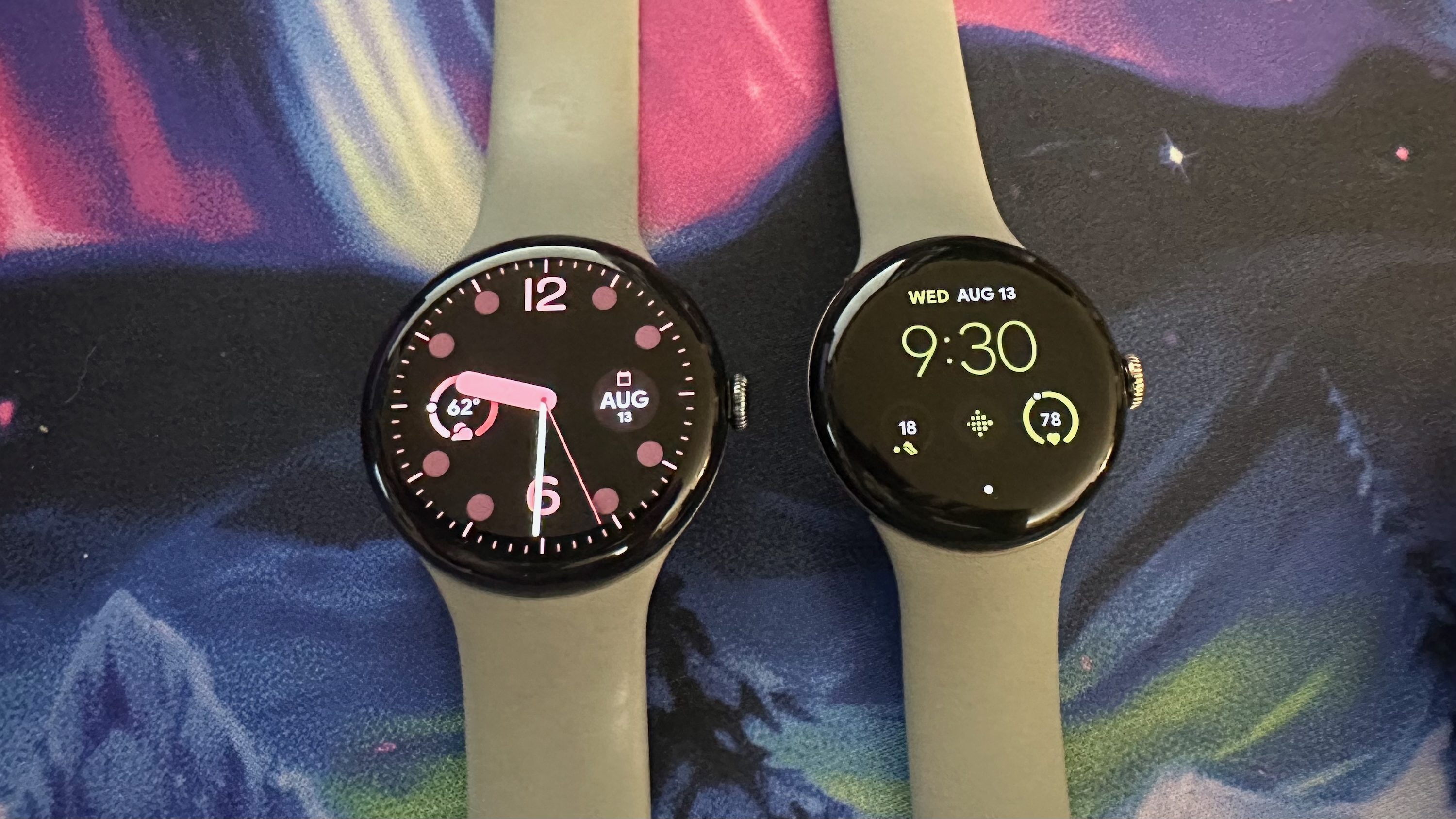
The larger Watch 3's problem is that its bezelless design looks worse. The smaller version looks more natural because the rounded edges take up more space, but this Watch 3 is much more of a big, dark lump.
My cousin called it a "creepy water drop," while my fiancée likened it to a "naked chicken breast without any seasoning," during my smartwatch beauty pageant. It didn't look bad to them like my bulky fitness watches, but the edgeless design doesn't appeal to everyone.
If the Pixel Watch 4 gets bulkier to fit in a bigger battery, as some rumors claim, that'll only exacerbate this design quirk.
Of course, plenty of people don't like the new look of the Galaxy Watch 8 Classic or the Galaxy Watch 8, either. Android watches generally try to balance style, power, and battery life, and can't nail every category.
Hoping Google irons out its update issues

The months of update dysfunction were definitely my low point with the Watch 3. I don't know if the Pixel Watch team is too ambitious with updates or just needs a beta program.
Let's quickly run through the past year of Google Wear OS updates:
- Early September 2024: The Pixel Watch 3 launches with Wear OS 5
- Late September: Google launches and then rolls back Wear OS 5 on the Watch 1 and 2
- Mid-November: Wear OS 5 rolls out again
- March 2025: Google rolls out Wear OS 5.1, promising four quarterly updates per year
- Late March: Many Watch 3s still haven't received 5.1, while those that do report major bugs
- Early April: Google pushes its first patch
- Late April: Google pushes its second patch, re-releases 5.1
- June: Google pushes quarterly update with small changes
This whole update mess meant that the Pixel Watch 3 didn't get any proper updates for the first six months, and then I didn't get the March update for a month.
I eventually tested the improved step count algorithm and found it promising, but Google reverted to the old system after users reported overinflated counts.
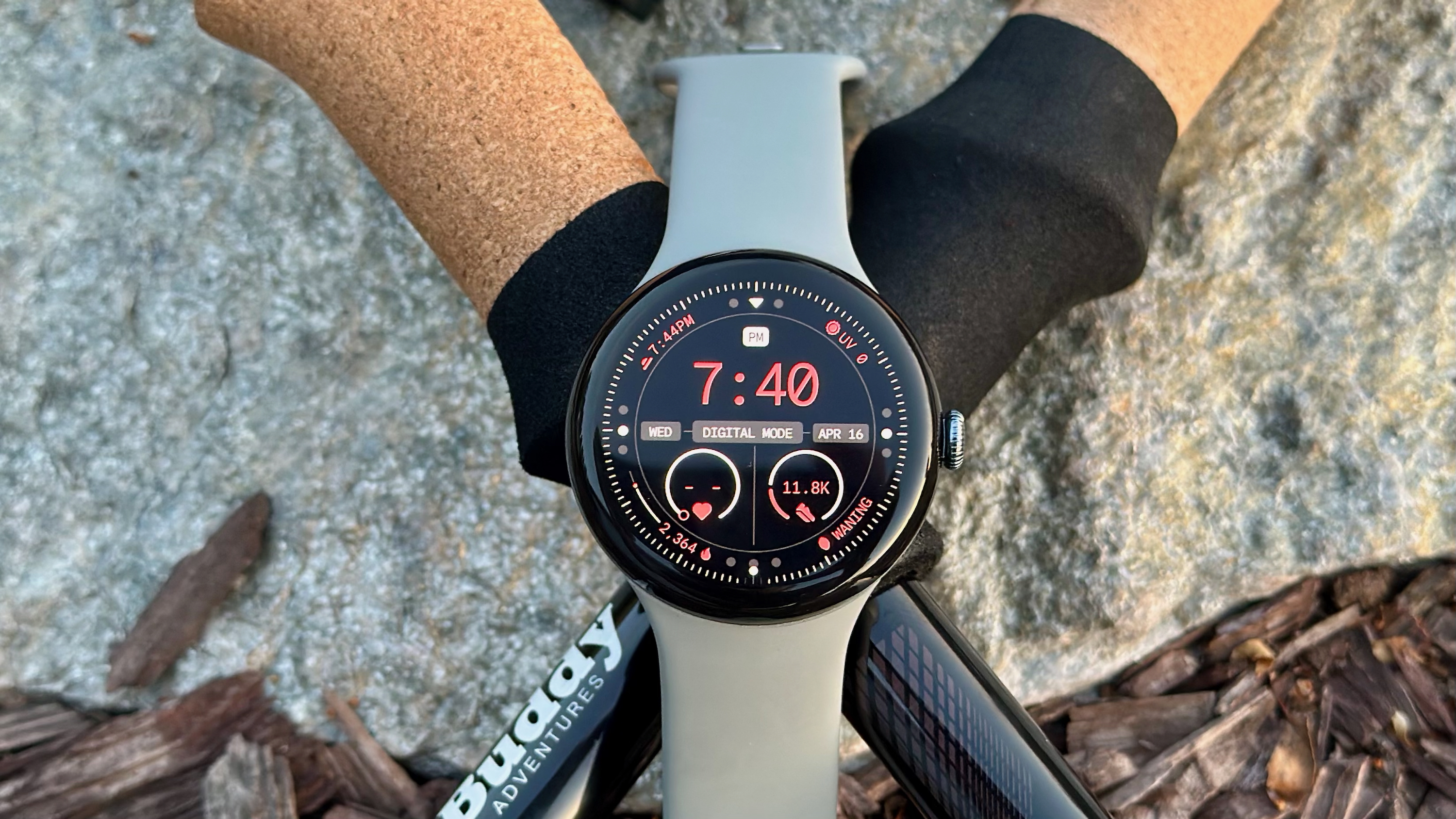
I'm sure that Wear OS 6 will be stable and running smoothly on the Pixel Watch 4 when it launches. But Google needs to prove it can pull off a major update to older models without critical bugs and painful rollbacks.
Looking onwards
I'm feeling generally quite positive about the Pixel Watch series, update woes aside. They've always felt a bit expensive, but now that Galaxy and OnePlus watches have gone up in price since last year, the cost feels a bit more realistic.
I think the Pixel Watch 4 can capitalize on the goodwill that the Pixel Watch 3 generated in the past year and make an even stronger impression with Android and Pixel fans.
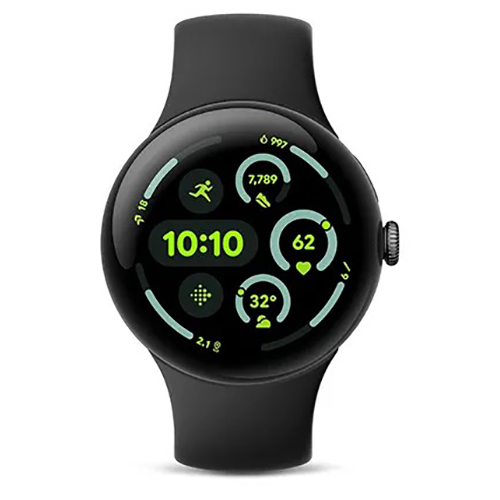
Until the Pixel Watch 4 arrives, the Pixel Watch 3 remains one of the best Android smartwatches for fast performance, years of speedy (if buggy) updates, Fitbit health insights, and on-wrist Gemini commands.

Michael is Android Central's resident expert on wearables and fitness. Before joining Android Central, he freelanced for years at Techradar, Wareable, Windows Central, and Digital Trends. Channeling his love of running, he established himself as an expert on fitness watches, testing and reviewing models from Garmin, Fitbit, Samsung, Apple, COROS, Polar, Amazfit, Suunto, and more.
You must confirm your public display name before commenting
Please logout and then login again, you will then be prompted to enter your display name.
